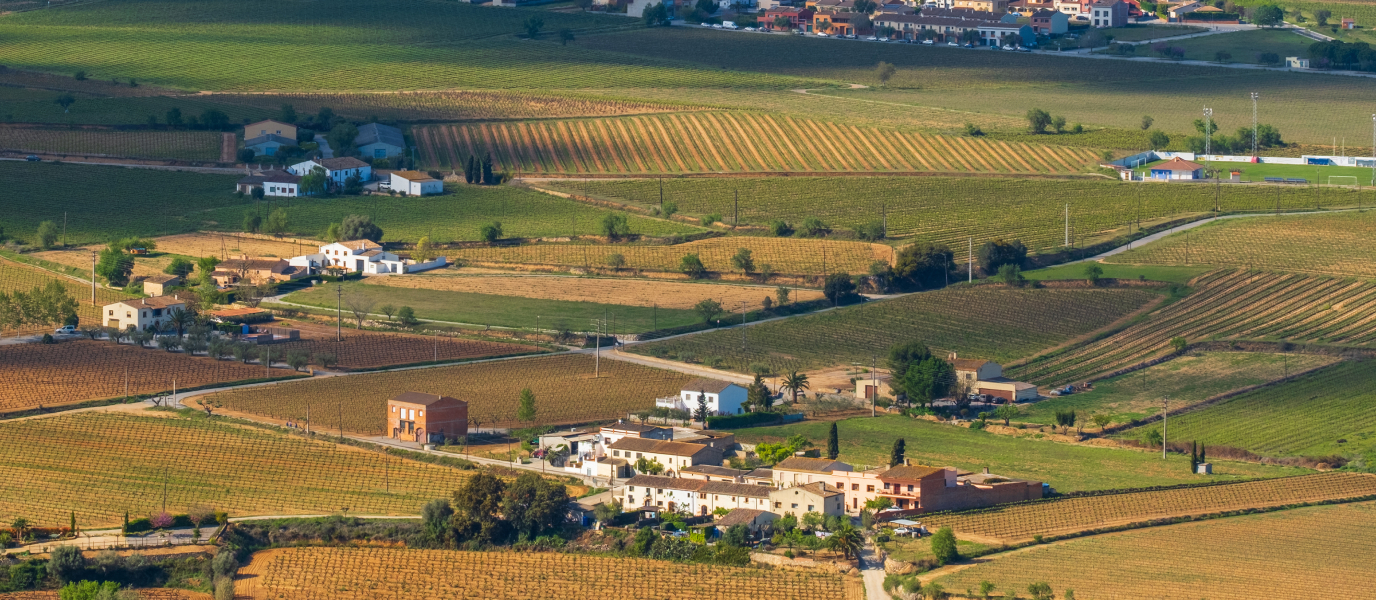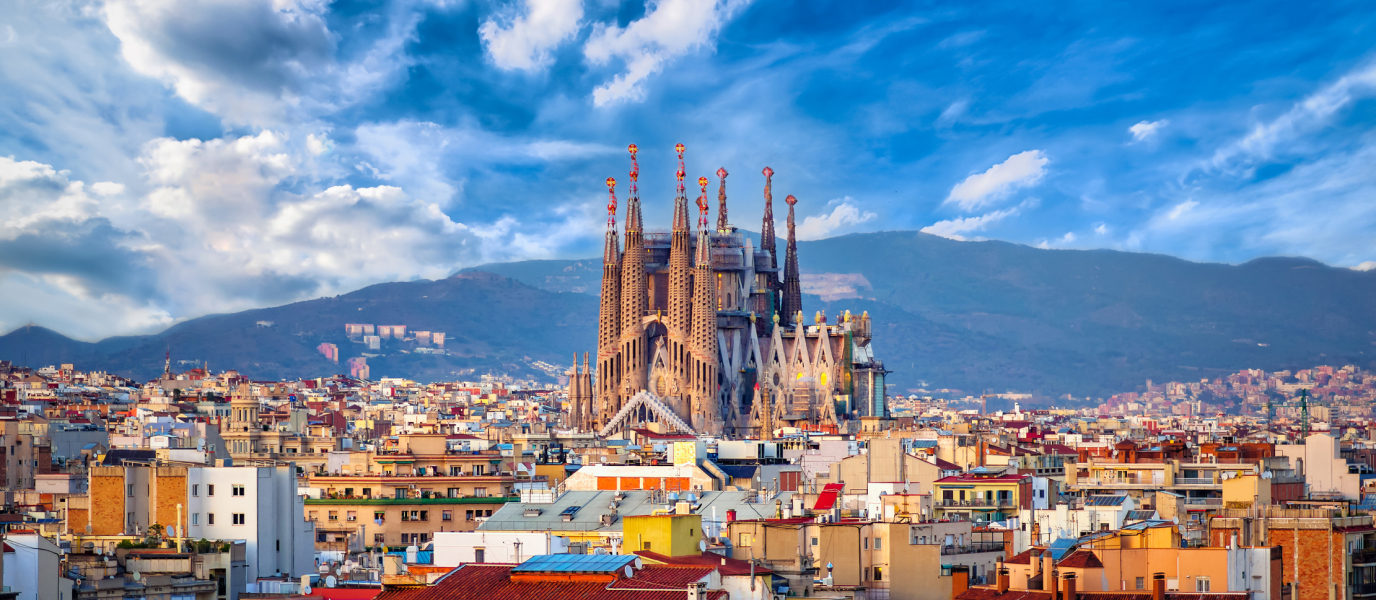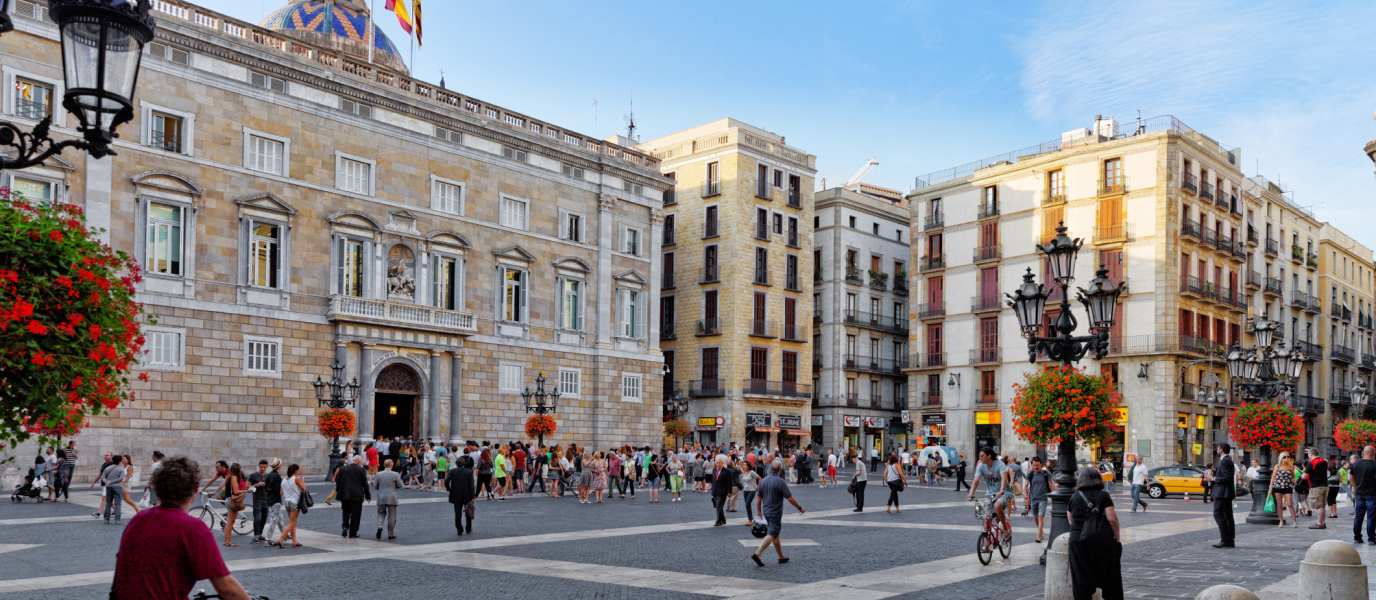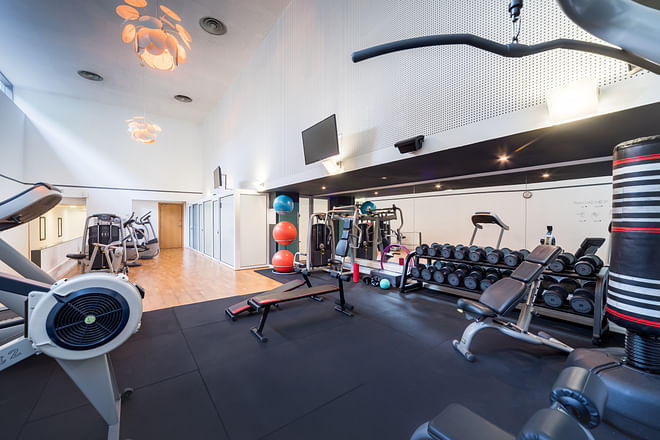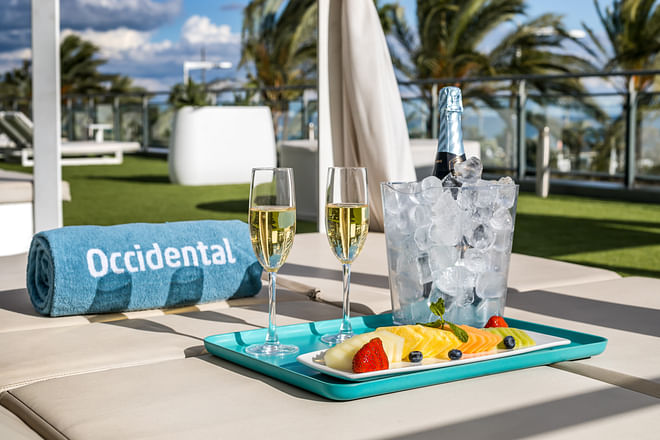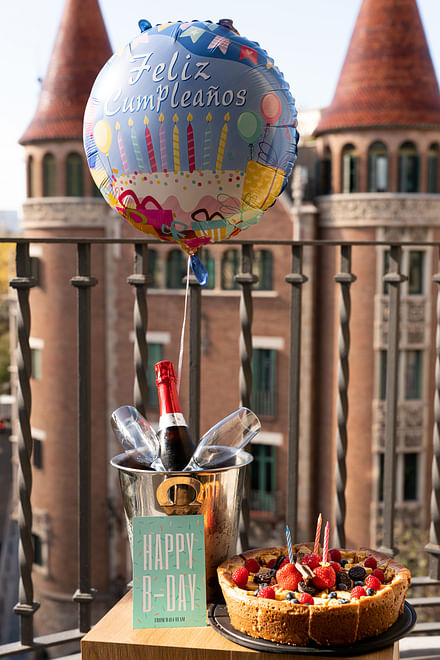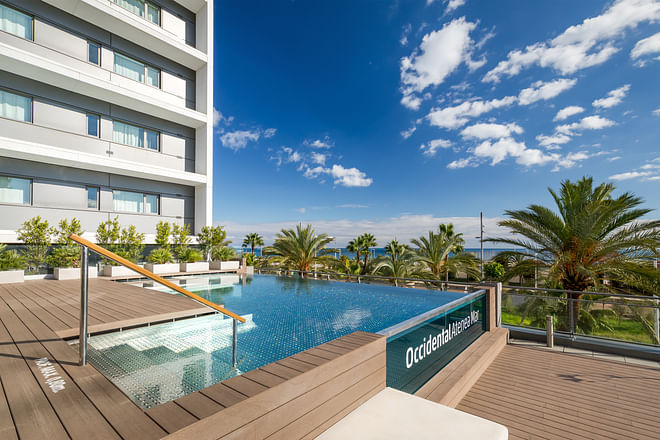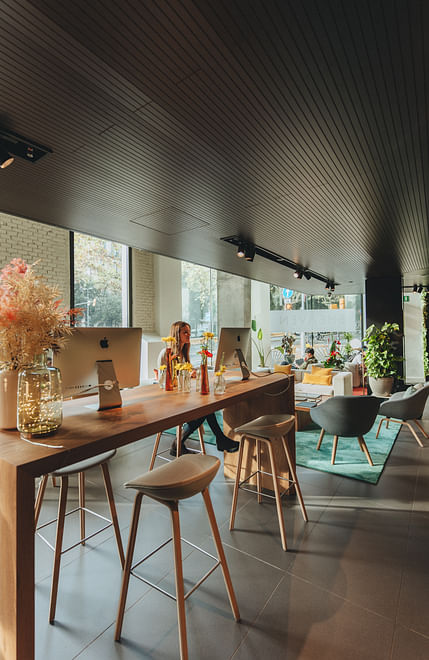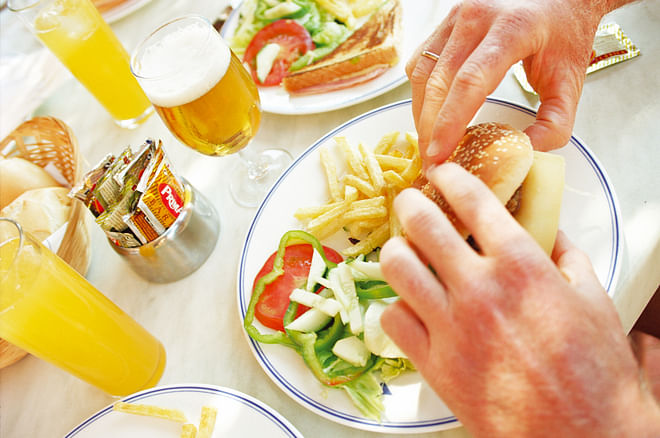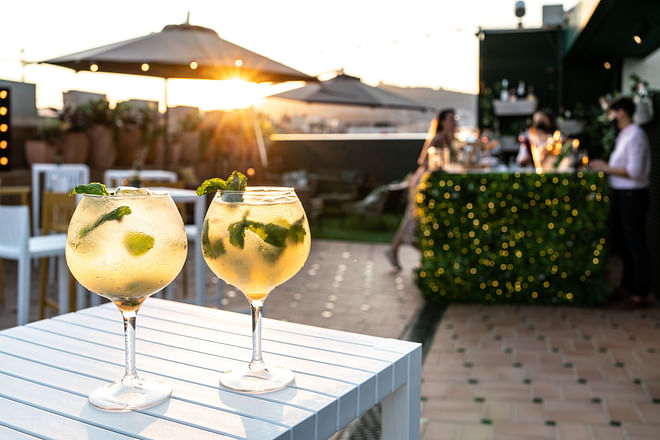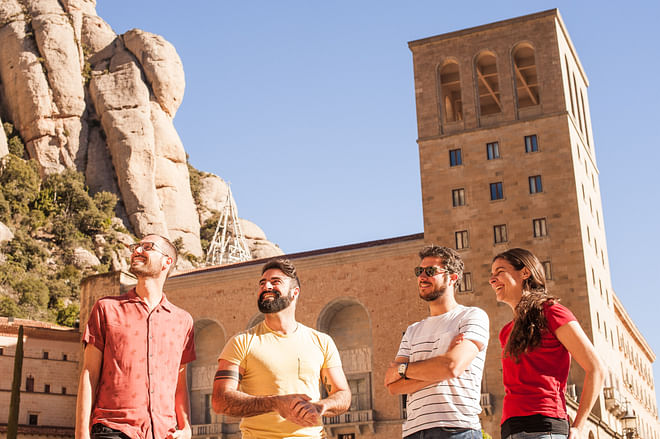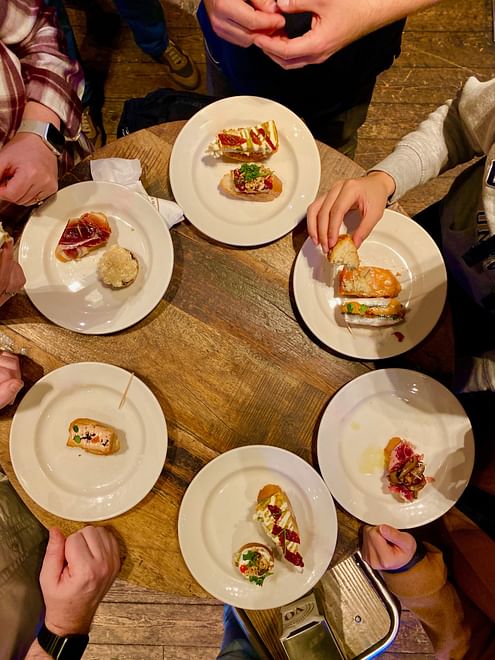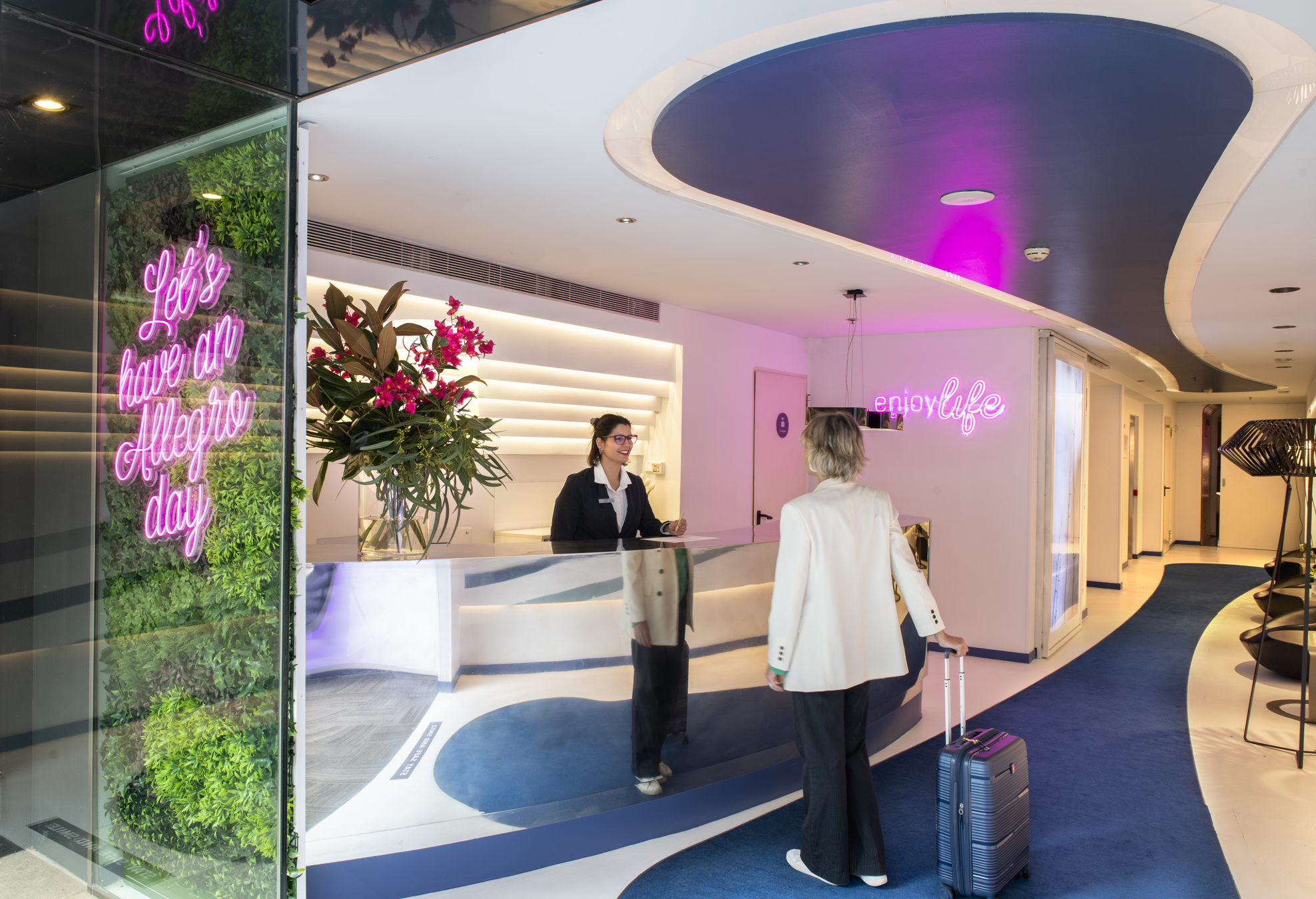Fira Barcelona is one of the main trade fair institutions in Europe. More than 150 fairs, conventions and corporate events take place in its two different venues, Montjuïc and Gran Via, every year. All of those combined generate an economic boost of approximately 2.6 billion euros for the city.
Fira Barcelona fairgrounds are spread over 400,000 square metres, split between 15 pavilions in both of the exhibition venues. It receives more than two and a half million visitors each year, drawn by business, leisure or just plain curiosity.
So, it’s pretty obvious that we’re not just talking about a mere exhibition space for businesses, but one of Barcelona’s biggest economic and touristic propellers. What’s more, both venues are perfectly connected with the rest of the city by the public transport network, and the roads that access the city.
Origins of the Fira de Barcelona
The Fira de Barcelona was born from the big international expositions organised by the city in 1888 and 1929. Those events made the city’s governors and the businessmen of the time realise how important trade relationships on an international level were.
So, the Fira Internacional de Barcelona was unveiled officially in 1932, with the aim of reflecting the country’s entrepreneurial activity, as well as its social changes. It was a showcase for the innovations taking place in the diverse sectors, as well as a driver of the promotion and international expansion of participating companies.
The first exhibition space, built in Montjuïc, by the Plaça d’Espanya, and enlarged throughout the twentieth century, was, for a long time, the backdrop for the most important fairs and business events for the Catalan economy. But, with the dawning of the twenty-first century and the Generalitat de Catalunya [the Government of Catalonia] getting involved, it was deemed necessary to expand the fairgrounds.
In 2007, the construction of the Gran Via venue was completed, confirming the institution’s commitment to internationalisation, innovation, quality and knowledge.
Fira Barcelona Montjuïc
The Fira Barcelona Montjuïc venue is considered to be one of the world’s most unique urban fairgrounds. It was built in 1929, for the International Exposition, but over the decades the exhibition spaces have been refurbished, and new buildings have been added.
Currently, it houses seven pavilions which offer an exhibition space of just over 111,000 square metres. One of the advantages for those who attend any of the events put on here is the closeness to the centre of Barcelona, the Sants and Montjuïc train stations, the castle, the Olympic stadium, and above all the Museu Nacional d’Art de Catalunya and its valuable catalogue of historic works of art.
Within the site you’ll also find the Palau de Congressos de Barcelona, which has a large auditorium, 11 conference rooms and a surface area of more than 5,800 square metres for exhibitions. In total, its different rooms and auditoriums have a capacity for 2,900 people.
Fira Barcelona Gran Via
The second Fira Barcelona venue is characterised by its design, functionality, and its clear focus on sustainability. It was the brainchild of the Japanese architect Toyoo Ito and won the Pritzker Architecture Prize.
The total exhibition space measures more than 240,000 m2, spread over eight pavilions, interconnected by a walkway. Some of its most striking characteristics include two helipads and 45 restaurants, such as Nuclo—one of Barcelona’s most interesting culinary offerings—headed up by the chef Eva García Carrasquilla.
Another remarkable aspect of this complex is the fact that its roofs house one of the largest solar panel fields of its type in the world.
In addition to the exhibition pavilions, Fira Barcelona Gran Via is home to the Centro de Convenciones [Convention Centre], which can cater to between 3,000 and 12,000 attendees. It’s designed to be a totally modular, versatile space.
The most important events at Fira Barcelona
Without doubt, the most important of all the events that are held at Fira Barcelona, and the one that earns the most media coverage, is the Mobile World Congress. This international fair brings the highlights of the telephone and mobile technology worlds to the Catalan capital in February. It attracts more than 100,000 people, with 2,400 companies participating from, approximately, 200 countries and regions from all over the world.
But, on top of that, there are lots of other interesting events that use the Fira Barcelona facilities. These are a few of them:
- Automobile Barcelona: This celebrated its 100th birthday in 2019, making it one of the world’s oldest automotive events. It’s the perfect place for discovering the latest from car brands and getting up close to the innovation taking place in this sector, and what the future looks like.
- Alimentaria: This fair brings together many of the country’s food producers, suppliers and consumers. In total, more than 4,500 exhibiting companies bring their wares along, with everything from basic foods to gourmet products.
- Barcelona International Boat Show: This is held in October and is the most important event in the country in this sector. Thanks to the nature of the products on display (boats), a large part of the fair is held down at Barcelona’s Port Vell.
- B-Travel: This is one of the most important travel and tourism events in Spain. It’s held in March and is mostly focused on the end customer. Every year, more than 1,100 professionals from the tourism sector and roughly 30,000 visitors congregate here.






























































